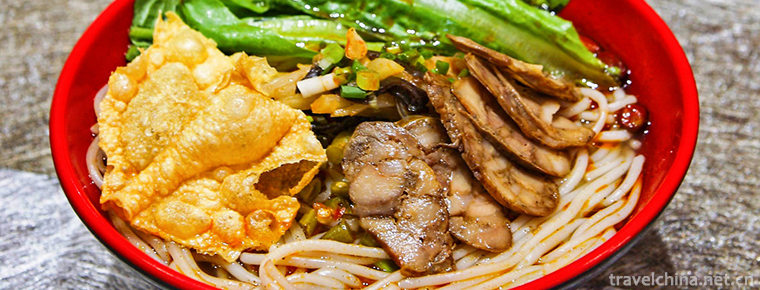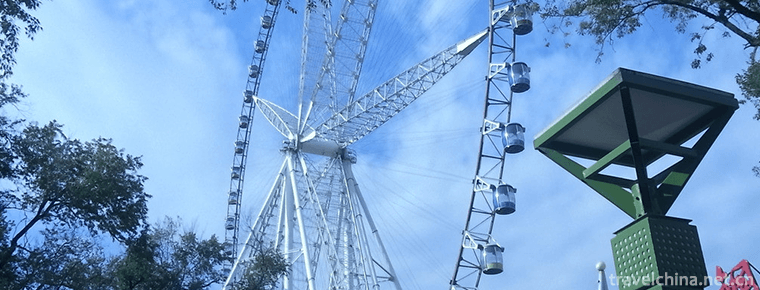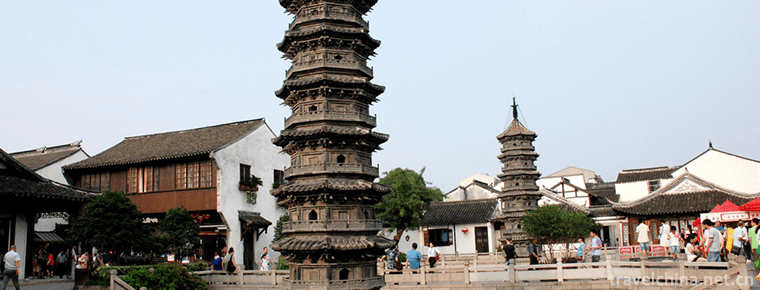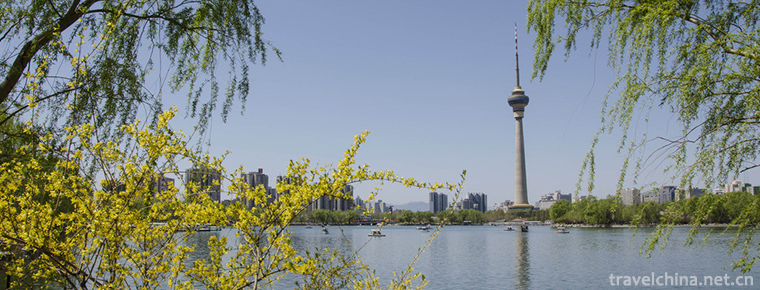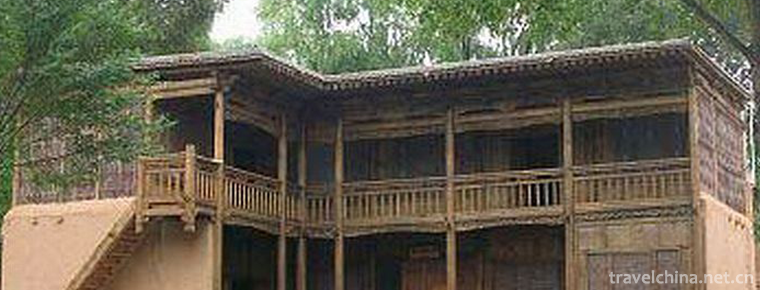Wheat straw cut and paste
Wheat straw cut and paste
Straw clipping is a traditional folk handicraft. Also known as "wheat straw clipping", "wheat straw clipping". Using the natural luster of wheat straw and the characteristics of rushing to tear into silk, the picture is made by blanching or dyeing, using such techniques as tearing, cutting, engraving and rushing, or placing or directly sticking wheat straw layer by layer. Generally, traditional Chinese painting is used in composition. Inserted in the frame, as an appreciation. The wheat straw painting handicraft is produced in many parts of the country. It is famous in Xiantao, Harbin, Chaozhou, Nanyang, Pujiang and Guangxi.
On December 3, 2014, wheat straw clipping was announced by the State Council as the fourth batch of representative projects of national intangible cultural heritage.
Historical origin
Originated in the mid-Ming Dynasty, the traditional craftsmanship at that time came out of the womb from the clipping of wheat stalks and fan stamens, and developed into an independent characteristic craftsmanship in the Qing Dynasty. According to legend, it was first created by artist Ni Renji, and then disappeared for a time. During the Tongzhi period of the Qing Dynasty, folk artist Jin Cui'e excavated and made it popular. Every spring wheat harvest season, folk artists choose the polished straw, which is bleached, dyed and pressed into thin straw sheets, clipped on white silk or cardboard, and pasted (piled) with straw layer by layer to form a picture. Generally, traditional Chinese painting is used in composition. Embedded in the frame, as an appreciation. It also uses straw stickers as dowry ornaments and fan cores.
After the founding of the People's Republic of China, the technology of wheat straw pasting has developed greatly, from a single plane pasting to three-dimensional pasting, such as three-dimensional stacking into goldfish, Mandarin ducks, pheasants, pandas and so on. There are flower arrangement and bookmarks for vases made of wheat straw.
Cutting and pasting of Xiantao straw
Xiantao wheat straw clipping, also known as Deng's wheat straw painting, can be traced back to the Sui Dynasty, has a history of more than 1400 years.
Straw clipping is unique in China and the world. It originated in the reign of Qianlong in Qing Dynasty. It was introduced into Wuyang (today's Xiantao) in the reign of Daoguang. It was widely distributed in Huguang and was the source of wheat straw painting in Wuyang. After more than one hundred years of development, the folk traditional arts and crafts, mainly composed of calligraphy, painting and three-dimensional relief, have gradually formed. Xiantao straw clipping is an important part of Chinese arts and crafts.
After several generations of inheritance and innovation, Xiantao wheat straw painting is mainly created with Jingchu culture as the background and the characteristics of Yumi Waterfront in Hubei Province as the theme. It develops from simple plane carving to semi-stereoscopic and even full-stereoscopic craftsmanship, and uses the advanced craftsmanship to make the works beautiful and environmentally friendly. Deng's wheat straw painting was roughly formed in Tongzhi period of Qing Dynasty. Deng Chuotang (literary elegant Confucian), the grandson of Huguang Wuyang Prefecture, went to the Beijing Palace for an examination. During the waiting list period, he was exhausted. He made wheat straw paintings in the suburbs of the city. The princes and ministers rushed to buy them and gathered in Beijing without envy. Therefore, Jinshi and Ti, in order to edit and polish the painting skills in their leisure time, have become increasingly perfect, forming a unique art secret to their descendants. When the resigned officials returned to their ancestral home, they began to spread in Xiantao, and gradually formed Deng's wheat straw painting, which was adapted to the customs and customs of Xiantao area and popular aesthetics. In 2013, Deng Youpu, the inheritor of Xiantao wheat straw clipping, won the title of Master of Chinese Arts and Crafts.
On December 3, 2014, Xiantao wheat straw clipping was announced by the State Council as the fourth batch of representative projects of national intangible cultural heritage.
Chaozhou wheat straw clipping
Chaozhou wheat straw cut-and-paste art originally appeared in the form of knitted fabrics. Rural artists use newly harvested straw to weave baskets, hats, tables and chairs, sedan chairs, fans, horses and other small crafts. Later, it gradually evolved into wheat straw clipping. The main themes of Chaozhou straw clip paintings are characters, flowers, birds and animals, aquariums and landscapes. There are two forms of expression: natural color and color matching. The true color refers to the golden and brown-red color of wheat straw itself, which is cut and pasted on dark paper lining or thin board, silk and satin. Cross-color is to dye wheat straw in various colors, cut and paste on the thin board, thus producing special artistic effects. The wheat straw cut-and-paste painting has the delicate embroidery of Chaozhou and the charm of Chinese painting, which enjoys a high reputation at home and abroad.
In 2009, it was selected as the third batch of provincial intangible cultural heritage list.
Qingfeng wheat straw clipping
On December 3, 2014, the State Council promulgated the Circular of the State Council on the Publication of the Fourth National Catalogue of Representational Items of intangible cultural heritage (Guofa 59). 153 items of the expanded catalogue of representative items of intangible cultural heritage at the national level were published, of which 18 items in Henan Province were successfully selected. The traditional art straw clipping in Qingfeng County has been published by the State Council as the fourth batch of representative projects of national intangible cultural heritage.
Nie's wheat straw painting is also one of the wheat straw painting varieties with large scale and great influence in the Central Plains area and good heritage and protection of excellent traditional culture. It has high research value in folklore, painting art, folk skills and so on. This is listed in the national protection project list, which will promote the intangible cultural heritage protection of Qingfeng County to a new level, and also make new contributions to promoting excellent traditional culture and promoting the comprehensive and coordinated development of our county's culture, economy and society.
Inheritance significance
The wheat straw painting is named for its material, which is a folk clipping art full of strong local flavor, symbolizing good luck and harvest. Therefore, it has a special meaning, with high ornamental value and collection value.



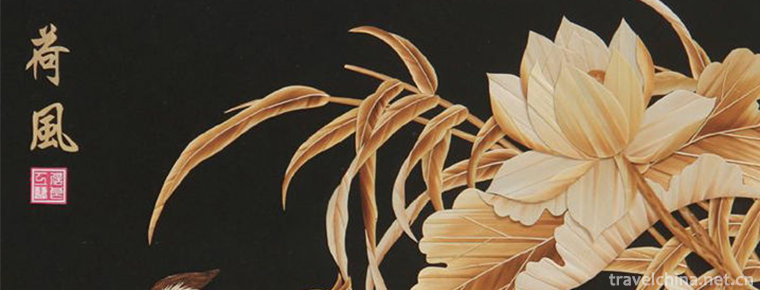
-
Snail rice noodles
Snail jelly powder is a kind of snack rice flour in Liuzhou City, Guangxi Zhuang Autonomous Region. It has the unique flavor of hot, cool, fresh, sour and hot. is the most famous local snack in Liuzho.
Views: 315 Time 2018-11-05 -
Tianshan Grand Canyon Scenic Area Urumqi
Tianshan Grand Canyon Scenic Area is located in Urumqi County, 48 kilometers away from the urban area. The total planned area of the scenic spot is 1038.48k.
Views: 129 Time 2018-12-12 -
Wanpingkou Scenic Area
Wanpingkou scenic spot is located in Rizhao, a beautiful coastal city in Shandong Province. "Tourist sunshine is bound to Wanpingkou" has become the consensus of tourists around the world.
Views: 88 Time 2018-12-17 -
Harbin Amusement Park
Harbin amusement park is located at the junction of the outer Road area and Nangang District. It was founded in 1958. Originally known as Harbin Cultural Park, it covers an area of 22.8 hectares..
Views: 109 Time 2019-01-13 -
Nanxiang ancient town
Jiading Nanxiang Ancient Town is a national AAAAA scenic spot, located in Nanxiang Town, Jiading District, Shanghai. There are famous scenic spots such as brick pagoda, Guyiyuan, Hebi Mountain, Liuyun.
Views: 116 Time 2019-02-07 -
Eco health Tourism Resort in Sishui Shandong Province
"Shandong Sishui Violent Eco-health Tourism Resort" is a pioneer in China, which combines superior ecological environment, long-standing health culture and modern leisure and vacation indust.
Views: 218 Time 2019-02-13 -
yuyuantan park
Yuyuantan Park, AAAA grade scenic spot, is located in Haidian District. East Gate is adjacent to Diaoyutai State Guest House; West to West Third Ring Road is separated from CCTV Tower; South Gate is n.
Views: 164 Time 2019-03-08 -
Li nationality firewood dance
The firewood dance is one of the representative folk dances of the Li nationality. It is called "Turn Brake" and "Taisha" in the Li dialect. It originated from the funeral custom o.
Views: 214 Time 2019-05-12 -
Construction Techniques of Salar Fence Tower
The construction technique of the fence building of Sala nationality refers to the traditional construction method of the fence wooden building with the unique architectural form of Sala nationality i.
Views: 272 Time 2019-06-11 -
University of Chinese Academy of Sciences
University of Chinese Academy of Sciences ( University of Chinese Academy of Sciences Referred to as "National Science and Technology University", was approved by the Ministry of education. .
Views: 112 Time 2019-12-11 -
Chunqiu Temple
Chunqiu temple, also known as Chunqiu pool and Chunqiu Pavilion, is located in Yandian street, Xuyong county (Xuyong town), Luzhou City, Sichuan Province. It is mainly dedicated to Guan Sheng emperor. It is said that Guan Yu likes to read the biography of the left family in the spring and Autumn period, so it is named Chunqiu temple..
Views: 222 Time 2020-10-15 -
Nanchong ecological environment
In 2019, the total amount of funds used for environmental protection capacity building and supervision and operation of Nanchong City is 14.1809 million yuan, including 2.4476 million yuan for monitoring capacity construction and 11.7333 million yuan for environmental.
Views: 312 Time 2020-12-17
